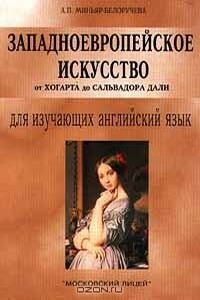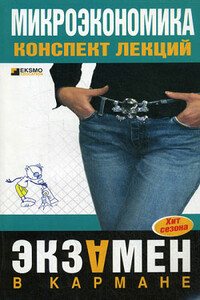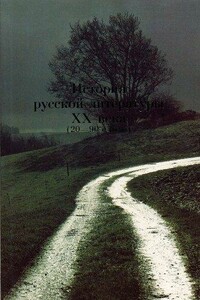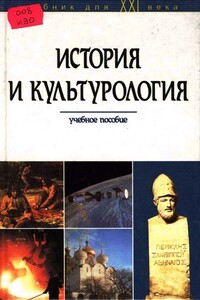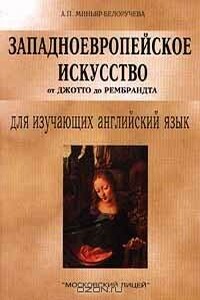Западноевропейское искусство от Хогарта до Сальвадора Дали
![]()
Учебный центр «Московский Лицей»
пособие для изучающих английский язык
издание второе переработанное и дополненное
Москва – 1999
Рецензенты:
Е. Б. Яковлева, доктор филологических наук, профессор
И. В. Шевлягина, кандидат филологических наук, доцент
РЕКОМЕНДОВАНО кафедрой иностранных языков исторического факультета МГУ им. М. В. Ломоносова
Данная книга является второй частью цикла учебных пособий «Западноевропейское искусство (для изучающих английский язык)». В первую книгу этого цикла вошли тексты, охватывающие пять веков западноевропейской живописи от Джотто до Рембрандта.
Материалом настоящего пособия, состоящего из 19 уроков, послужили оригинальные тексты видных историков искусства. Тематика текстов охватывает почти три века западноевропейской живописи от Хогарта до Сальвадора Дали. Это дает возможность обучаемым наряду с усвоением обширного лексического материала, составить общее представление о направлениях развития западноевропейской живописи за последние триста лет.
Объем пособия позволяет остановиться только на девятнадцати художниках. В представленных текстах, дается краткая биографическая справка и анализируются некоторые произведения искусства наиболее выдающихся художников нового времени.
Тексты в пособии расположены в хронологическом порядке и позволяют проследить революционный ход развития западноевропейской живописи, с начала XVIII века и почти до конца XX века. Каждый урок включает тексты и упражнения, позволяющие проверить как общее понимание прочитанного, так и закрепить только что усвоенный лексический материал. Все тексты аутентичны.
Пособие может быть использовано не только студентами-искусствоведами, но и самым широким кругом читателей, интересующихся историей западноевропейской живописи. В рамках издания готовятся учебные пособия по скульптуре и архитектуре для изучающих английский язык.
Unit I Hogarth (1697-1764)
A strikingly original school of painting arose in eighteenth-century England. The real founder of the modern British school was William Hogarth, a Londoner whose narrative candour and satiric wit are as effective as his dazzling pictorial skill. Although Hogarth tried his hand occasionally at mythological and historical subjects, he was at his best in portraits and moralistic cycles. The latter were painted as bases for engravings, which Hogarth sold widely and profitably. The most successful were A Rake's Progress, A Harlot's Progress, and Marriage a la Mode, 1743-45, whose opening episode is Signing the Contract. The scene is set diagonally in depth for greater theatrical effect. In a room of his London house, lined with Old Masters (which Hogarth professed to hate), the gouty alderman, father of the bride, sits before a table spread with gold coins of the dowry and expatiates about his family tree, to which he proposes to add the earl. That gentleman, who has exhausted his fortune in building the Palladian mansion seen out the window (Hogarth detested the Palladian style) admires himself in a mirror. His betrothed, meanwhile, is listening to the compliments murmured in her ear by the attorney. Clearly, the story will come to a bad end. The energetic composition owes much to the Rococo, but Hogarth's robust handling of poses and his special variety of bold yet soft brushwork are as original as his wit.
Make sure you know how to pronounce the following words:
William Hogarth; alderman; diagonally; Rococo; Palladian; mansion; dowry; earl; betrothed; candour; expatiate; profess
Notes
A Rake's Progress – «Карьера мота»
A Harlot's Progress – «Жизнь куртизанки»
Marriage a la Mode – «Модный брак»
Signing the Contract – «Подписание контракта»
Tasks
I. Read the text. Make sure you understand it. Mark the following statements true or false.
1. A strikingly original school of painting arose in fifteenth-century England.
2. In the main Hogarth painted colossal altarpieces.
3. Hogarth never tried his hand at mythological and historical subjects.
4. The story in the Marriage a la Mode will come to a happy end.
5. Hogarth was fond of the Palladian style.
6. Moralistic cycles were painted as bases for engravings.
II. How well have you read? Can you answer the following questions?
1. What did Hogarth found? What was he at his best?
2. What were Hogarth's most successful cycles?
3. What is the subject of the opening episode of the Marriage a la Mode? Where is the opening episode set? How are the figures arranged? What does the alderman do? How is the bride depicted? What does the earl do?
4. What is seen out the window? What lines the walls of the room?
5. What compositional style dominates in the Signing the Contract? Why is the scene set diagonally?
6. Were all Hogarth's devices original and witty?
III. i Give Russian equivalents of the following phrases:
a school of painting; a founder of the school; narrative candour; satiric wit; pictorial skill; moralistic cycles; theatrical effect; Old Masters; the robust handling of poses; the dowry; to owe to; to expatiate about; a family tree; to exhaust the fortune; to profess to hate; the betrothed; bold brushwork; bases for engravings; an opening episode.
